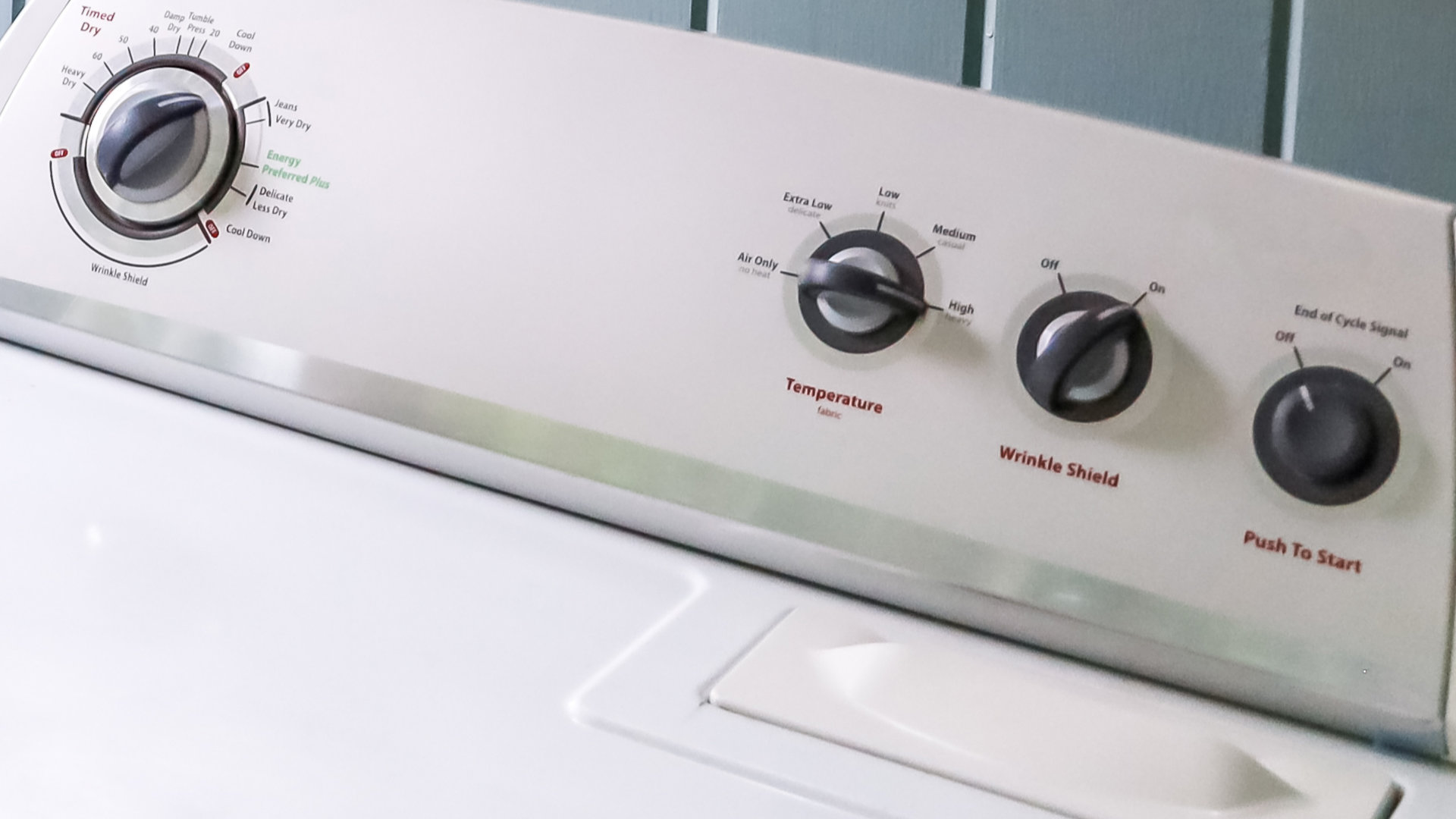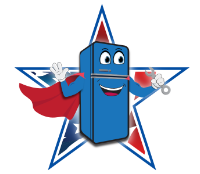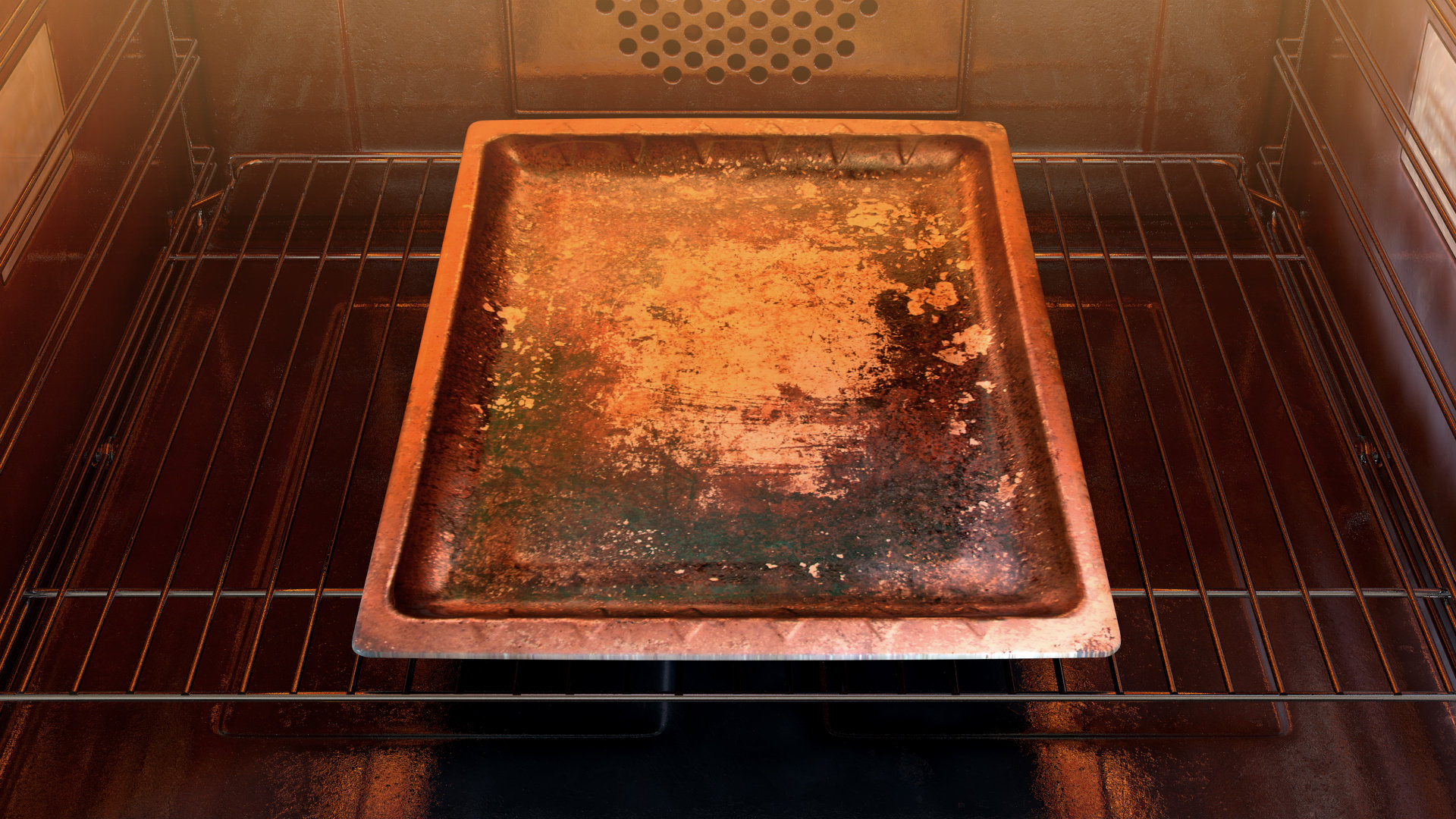
Most modern ovens have either a self-cleaning function or a steam cleaning function that you can use to clean your oven without having to do any of the work.
If you don’t know the difference between a self-cleaning oven and a steam cleaning oven, this article is for you.
In this article, we will explain what each of the different types of cleaning processes involves and the pros and cons of them.
Let’s start with self-cleaning ovens.
Self-Cleaning Ovens
Self-cleaning ovens use very high heat to clean the oven out. In most ovens, the temperature during the self-cleaning cycle gets up to 1,000 degrees Fahrenheit! The reason the oven heats up so much is so the grease, grime, and debris in the oven will carbonize and turn into ash – all you need to do at the end of the cycle is gently wipe it out.
Because the oven gets so hot, self-cleaning cycles take up a lot of energy and can take up to 4 hours to go through the whole cycle. For some people, this is a problem because turning the oven on to a self-clean cycle overnight or when leaving the house is not recommended due to how hot the oven gets and the need for ventilation.
Here are the main pros of a self-cleaning oven:
- The self-cleaning function does all of the hard work, so you don’t have to.
- The self-cleaning function on most ovens results in a very clean oven at the end of the cycle.
- It’s very easy to use the self-cleaning feature.
Here are the main cons of a self-cleaning oven:
- The self-cleaning function uses a lot of energy.
- Your oven heats up to a very high heat, which can pose a safety risk for animals and kids especially.
- The self-cleaning cycle takes up to 4 hours to finish.
- When the oven is running through a self-cleaning cycle, a strong odor will come out of the oven – this means you need good ventilation in your kitchen.
- Because the oven gets so hot, you won’t be able to use the stove while the oven is running through the self-cleaning cycle.
Tips for using the self-cleaning function:
- Make sure you take out all of the pans and foil before turning your oven on to a self-cleaning cycle.
- Remove the racks and wash them separately if they are not enamel-covered. This will stop them from discoloring.
- Before turning the self-cleaning cycle on, remove any large food debris from the oven. This will reduce bad odors emitting from your oven during the cleaning process.
- Make sure the oven door is locked during the cleaning cycle. This will stop anybody from opening the door and getting burnt.
- Make sure you set the right cleaning length. For example, a 2-hour cycle is fine if your oven isn’t very dirty. This will help reduce your energy bill!
- Make sure the oven is completely cooled down before opening the door. Your oven should automatically unlock when it is safe to use your oven again.
- Make sure you give the oven a good wipe with a damp cloth at the end of the cleaning cycle to remove all the ash.
Steam Cleaning Ovens
The main difference between a self-cleaning oven and a steam cleaning oven is the steam cleaning function only heats your oven to about 250 degrees Fahrenheit, while the self-cleaning function requires your oven to heat to 1,000 degrees Fahrenheit.
Secondly, steam cleaning only takes between 30 minutes and 1 hour to complete, while self-cleaning ovens can take up to 4 hours. This means your oven doesn’t use as much energy, which helps to keep your energy bill lower.
The biggest difference in how they operate is that steam cleaning requires water to be put onto the floor of the oven, which is then heated up to “steam up” the oven to help it clean. After the cycle, you simply need to wipe it out.
The main pros of a steam cleaning oven are:
- Steam cleaning only takes between 30 minutes and 1 hour.
- Because the oven doesn’t heat up to a very high temperature and it doesn’t take long, it uses much less power than self-cleaning ovens.
- Steam cleaning doesn’t cause strong odors.
- You can use the stove while the oven is going through the steam clean cycle.
The main cons of a steam cleaning oven are:
- Steam cleaning doesn’t clean the oven as well as a self-cleaning oven.
- You may need to give it a more thorough wipe out at the end of the cleaning cycle than a self-cleaning oven.
Top tips when using the steam clean feature:
- Don’t use any chemicals when running the steam clean cycle.
- As soon as your oven is dirty, run the steam clean cycle. This is because steam cleaning won’t be able to remove baked-on stains.
- Don’t use the oven until it has cooled down.
- Never open the oven door while it’s running through a steam cleaning cycle.
- Before turning your oven on to a steam cleaning cycle, remove any large food debris from your oven.
- At the end of the cycle, give your oven a thorough wipe out before you start using your oven again.
Final Thoughts
Both self-cleaning ovens and steam cleaning ovens save you time by automatically cleaning your oven. The main differences between the two include:
- Steam cleaning ovens only take 30 minutes to 1 hour to clean, while self-cleaning ovens can take between 2 and 4 hours.
- Steam cleaning ovens don’t require the oven to heat up as much as self-cleaning ovens do.
- Self-cleaning ovens will do a better job of cleaning your oven than steam cleaning does.
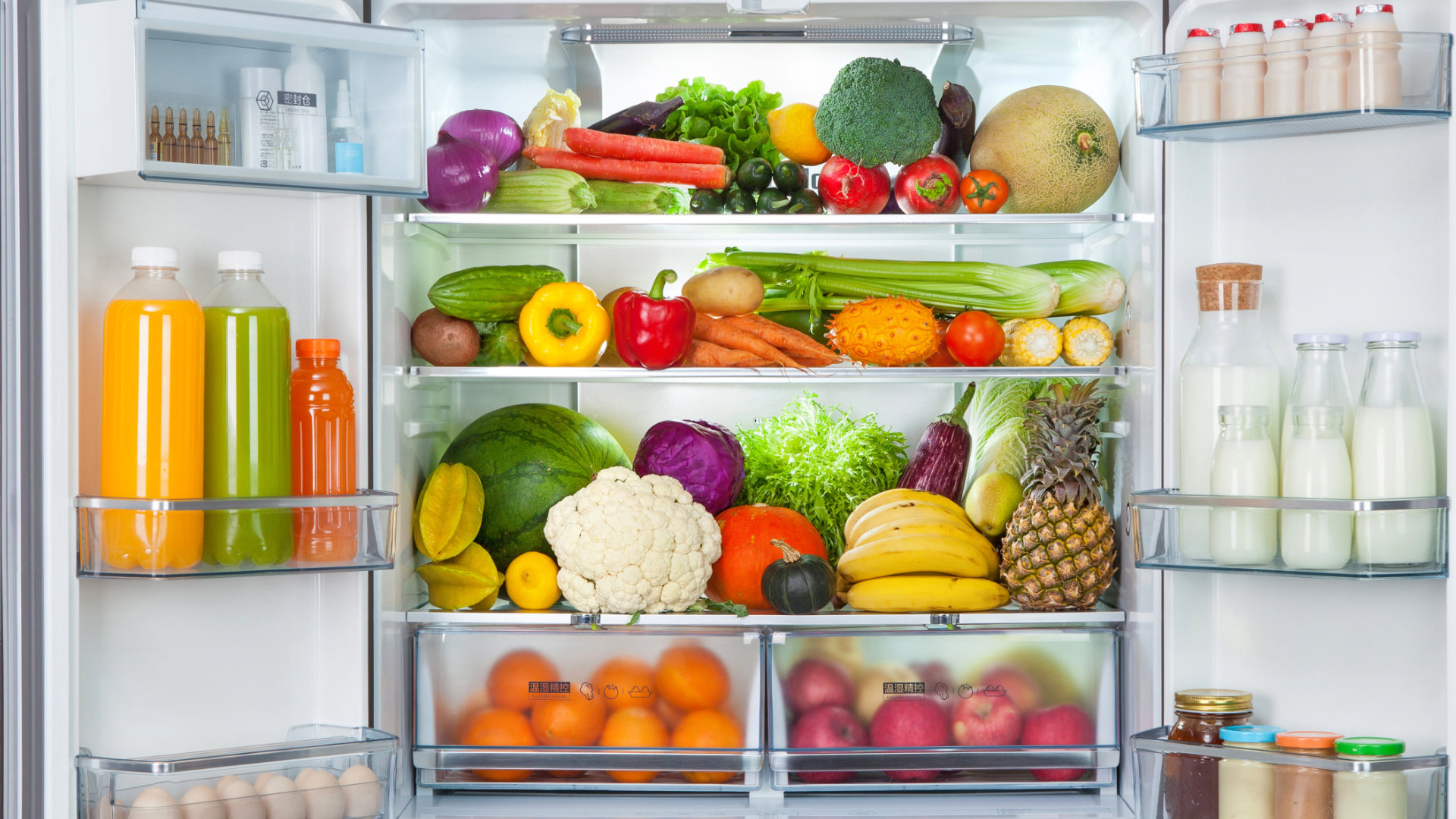
How to Reset a Whirlpool Refrigerator Ice Maker
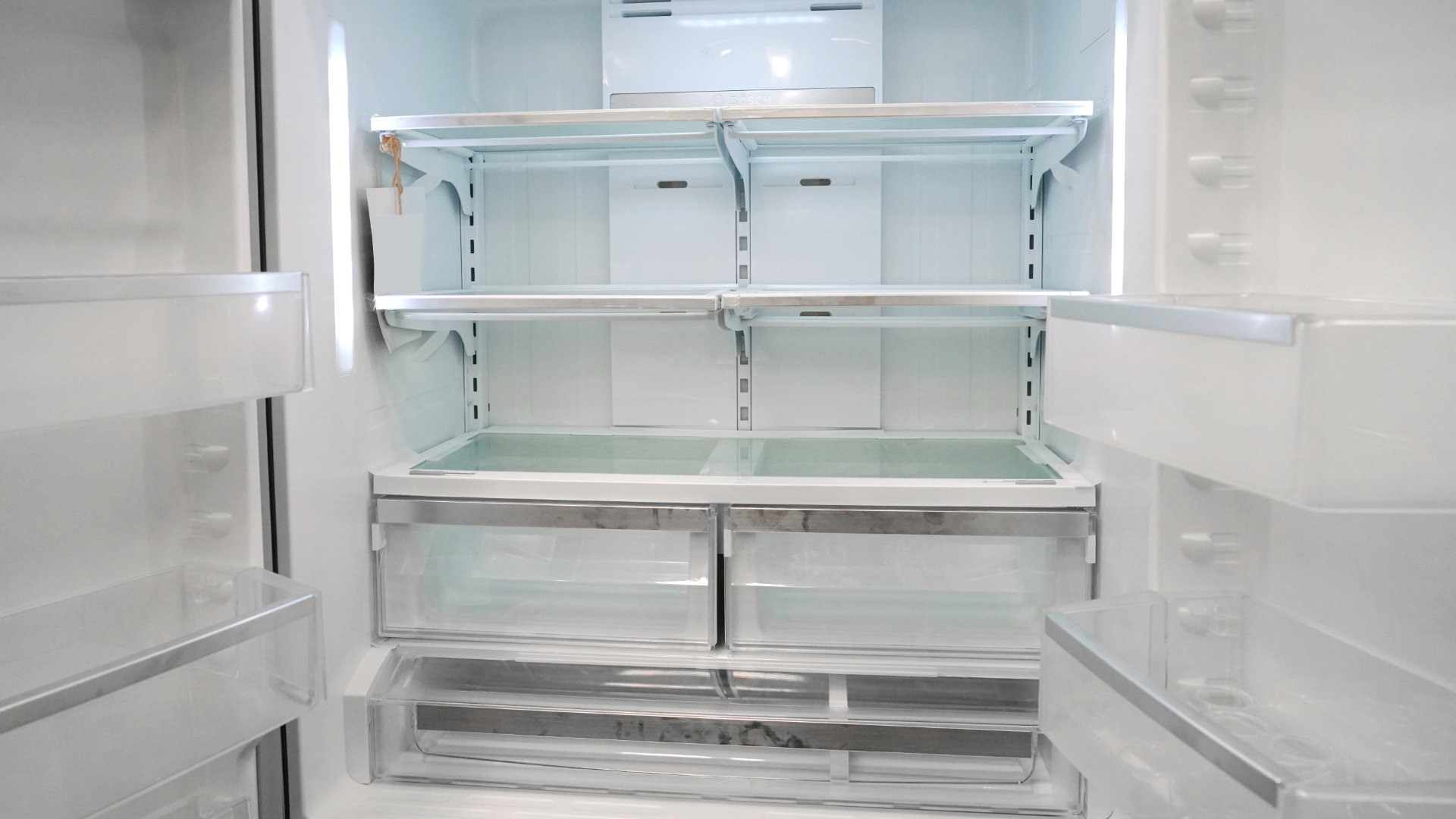
6 Reasons Your LG Refrigerator Is Not Making Ice

Kenmore Fridge Ice Maker Not Working? 5 Ways to Fix It
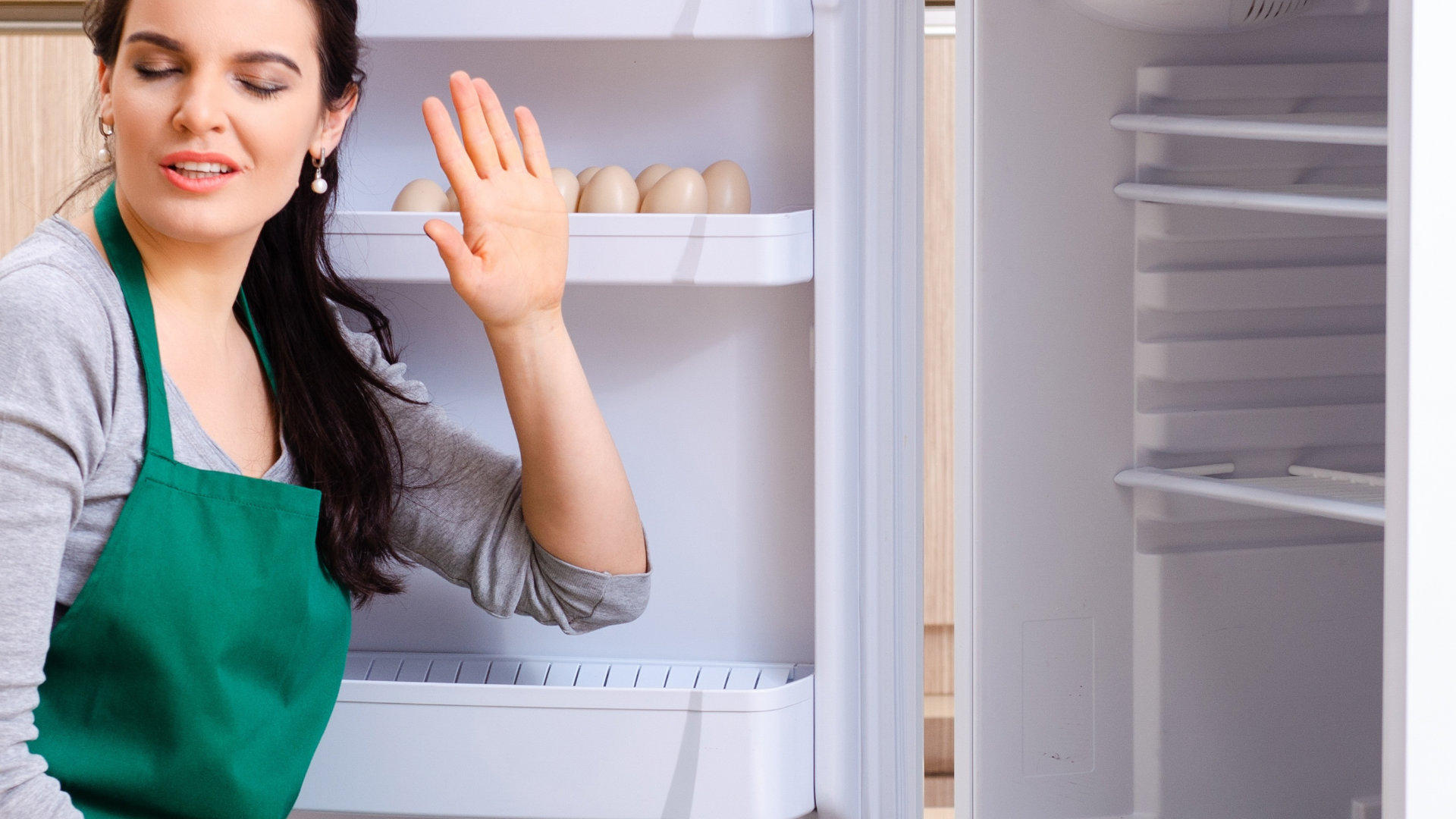
How to Remove Fish Smell from Your Refrigerator
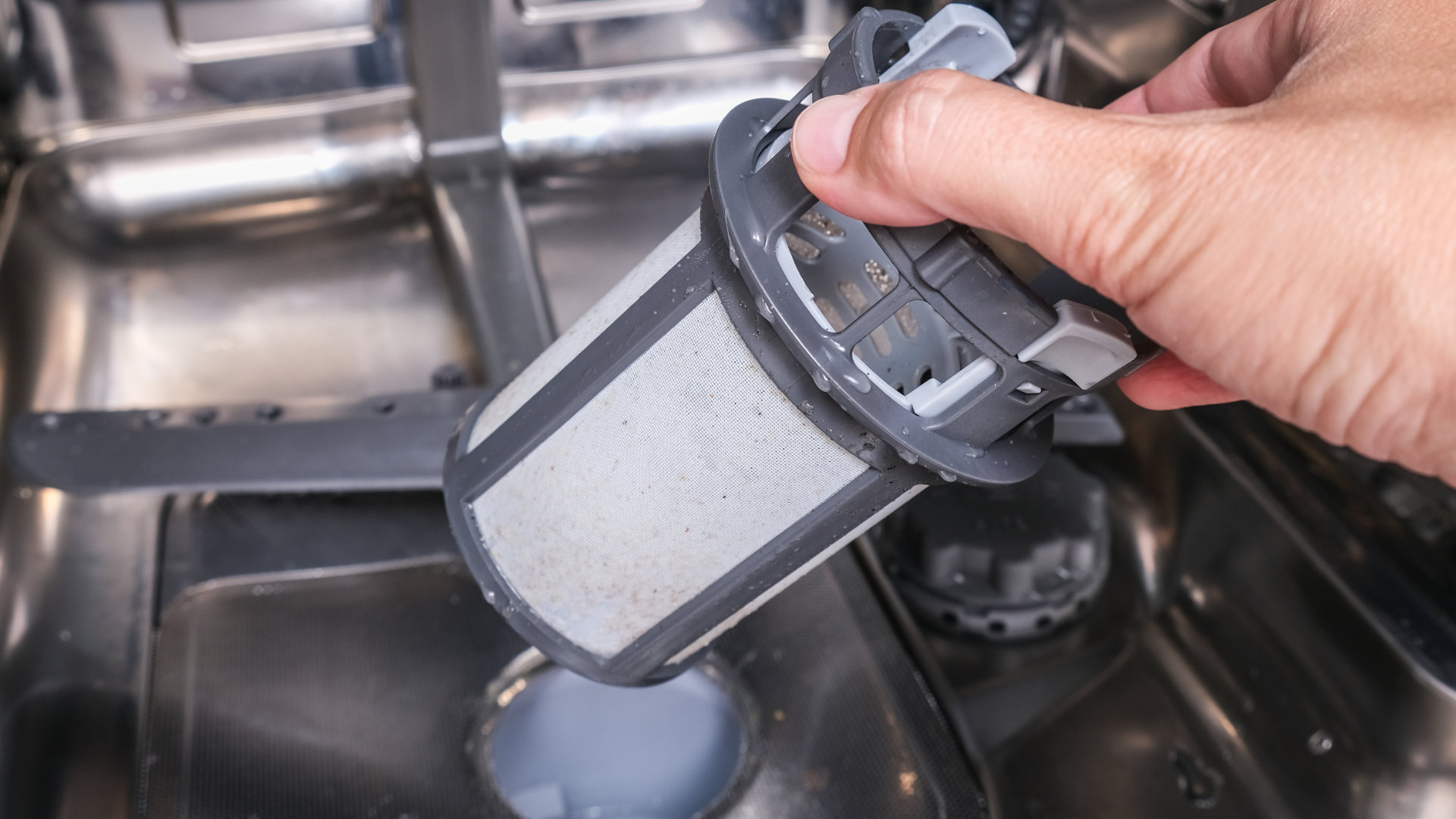
How To Fix Bosch Dishwasher E24 Error
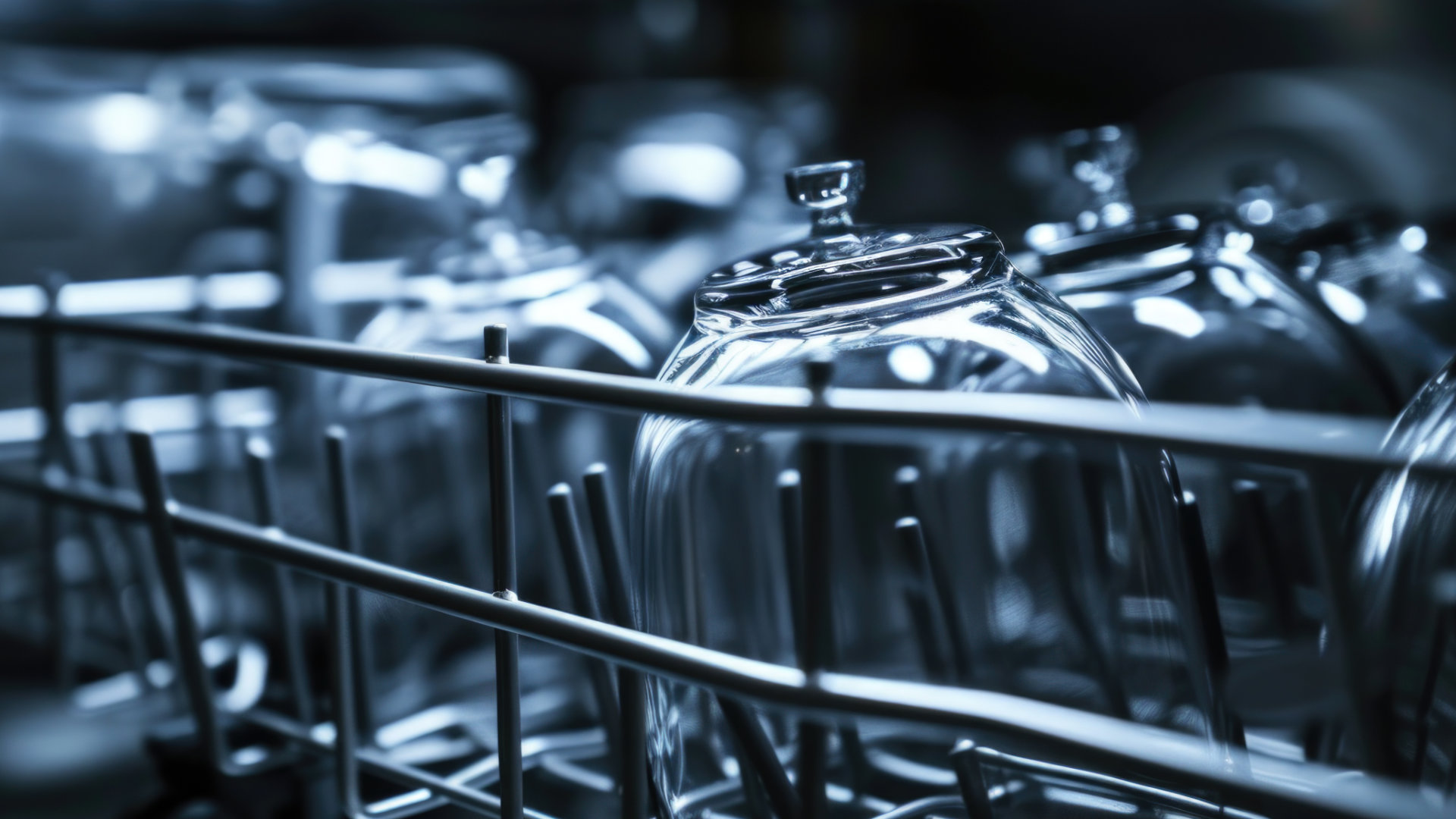
Troubleshooting a Whirlpool Dishwasher Not Draining
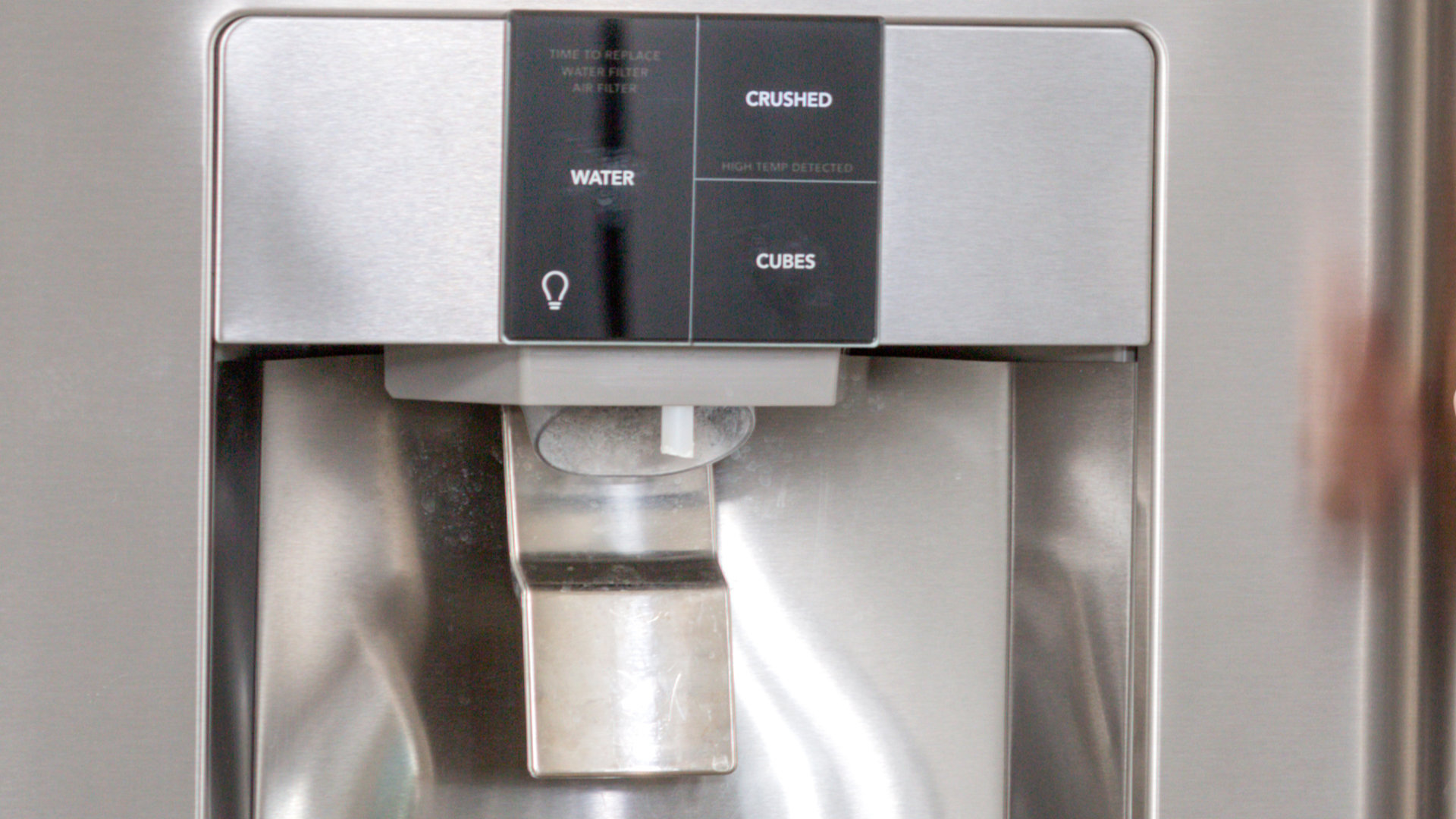
Why Is Your Fridge Water Not Working, but Ice Is?
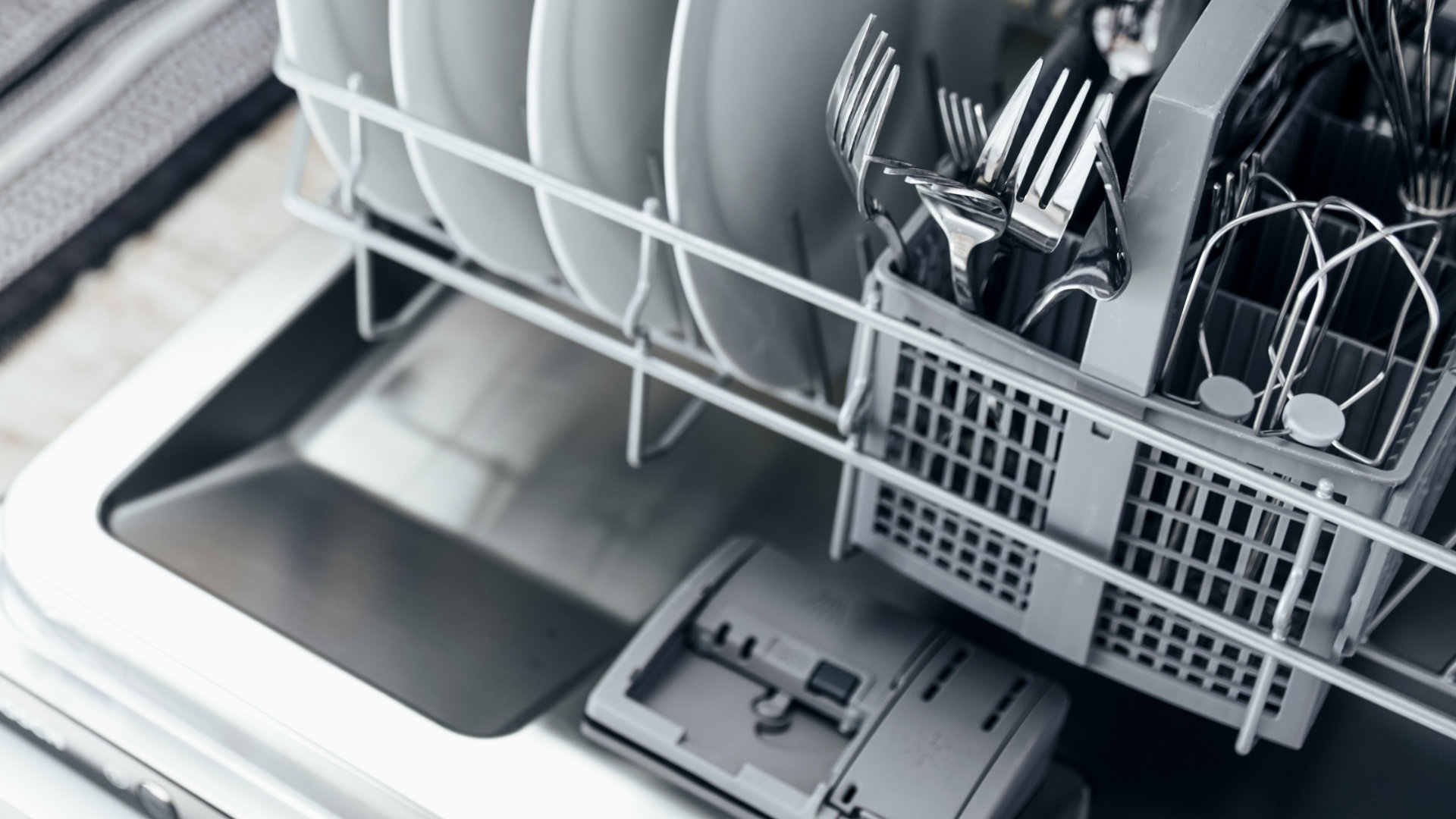
How to Fix the E15 Bosch Dishwasher Error Code
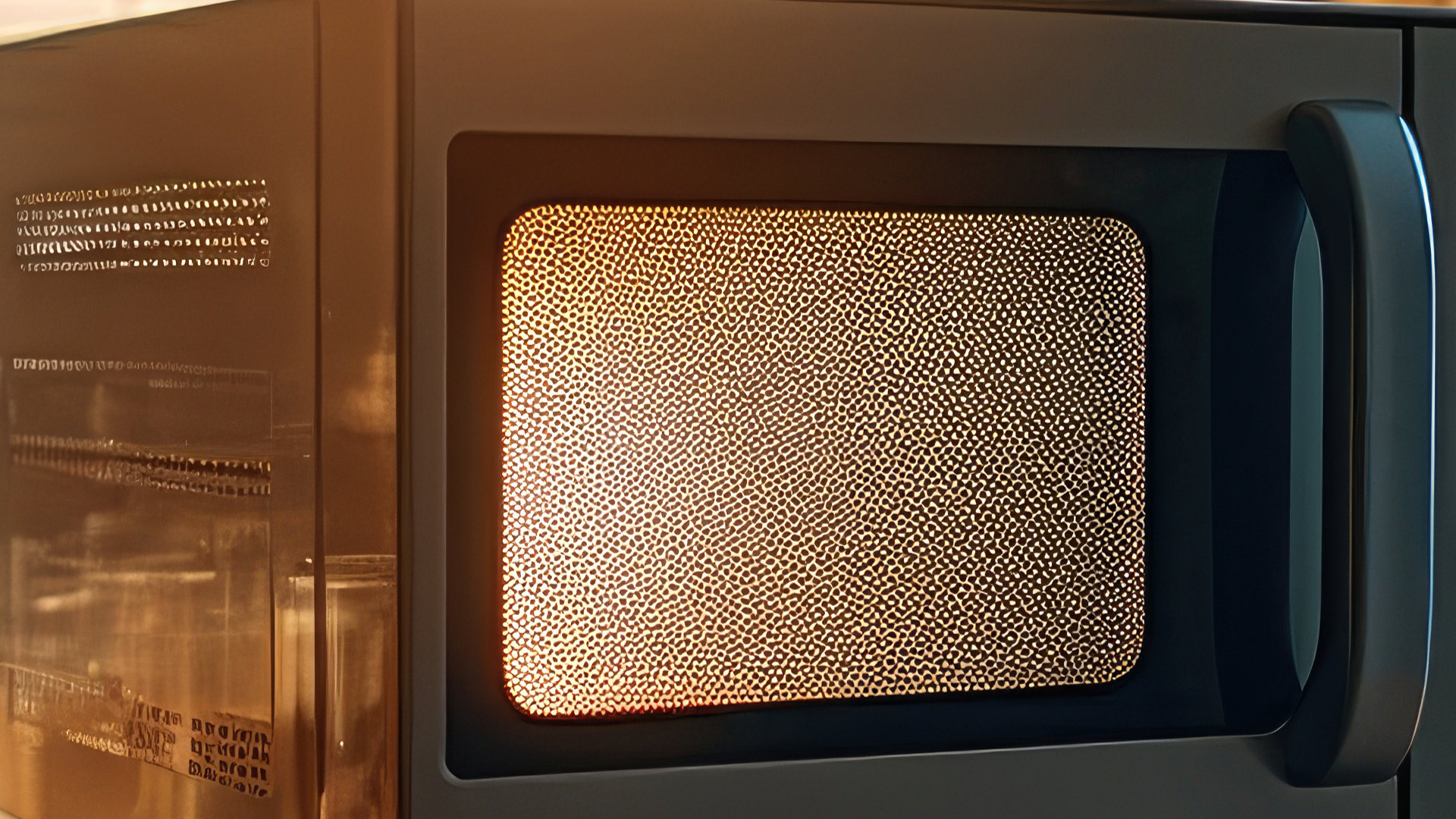
How Much Power Does a Microwave Use?
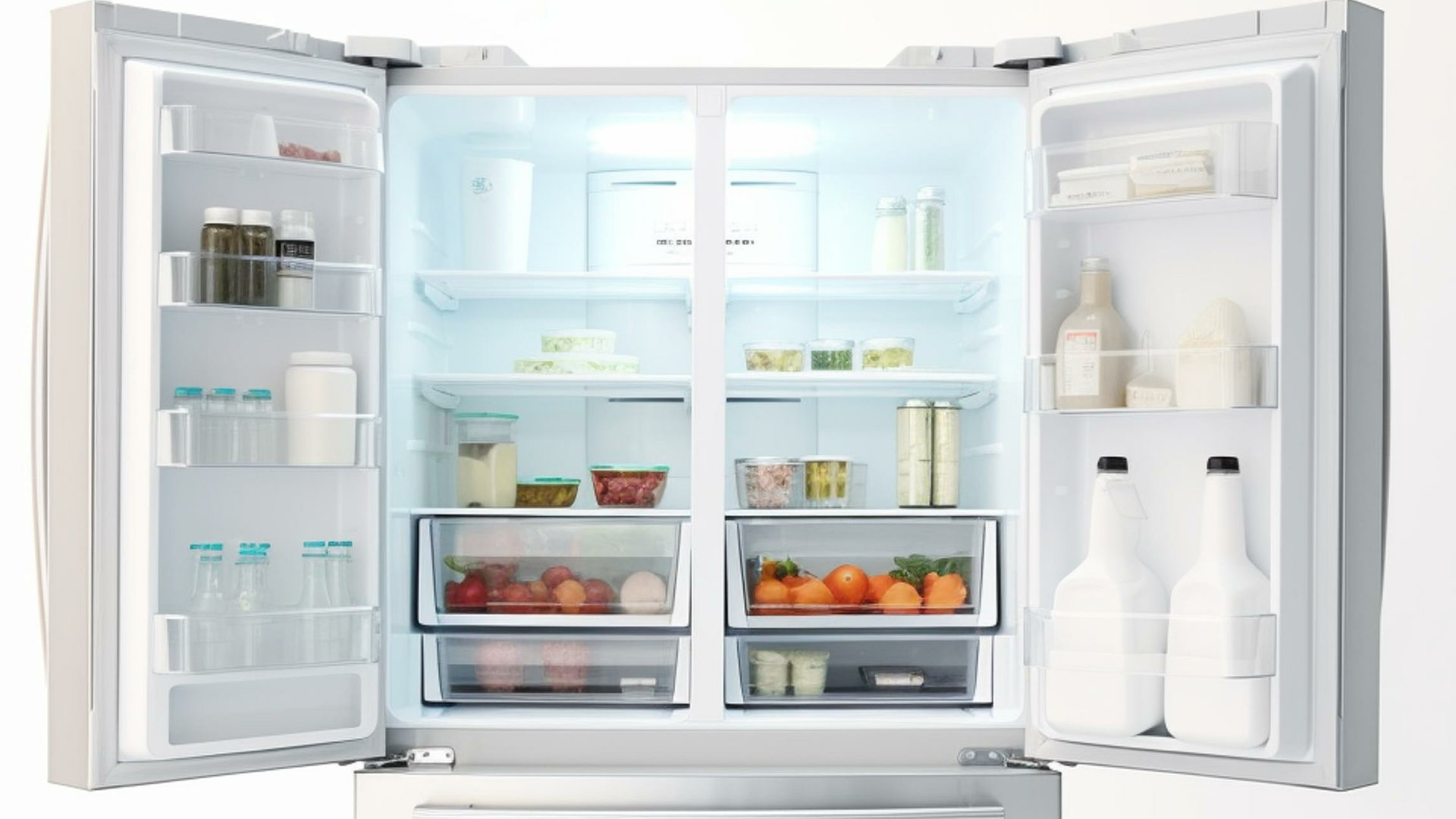
How to Properly Clean Refrigerator Coils
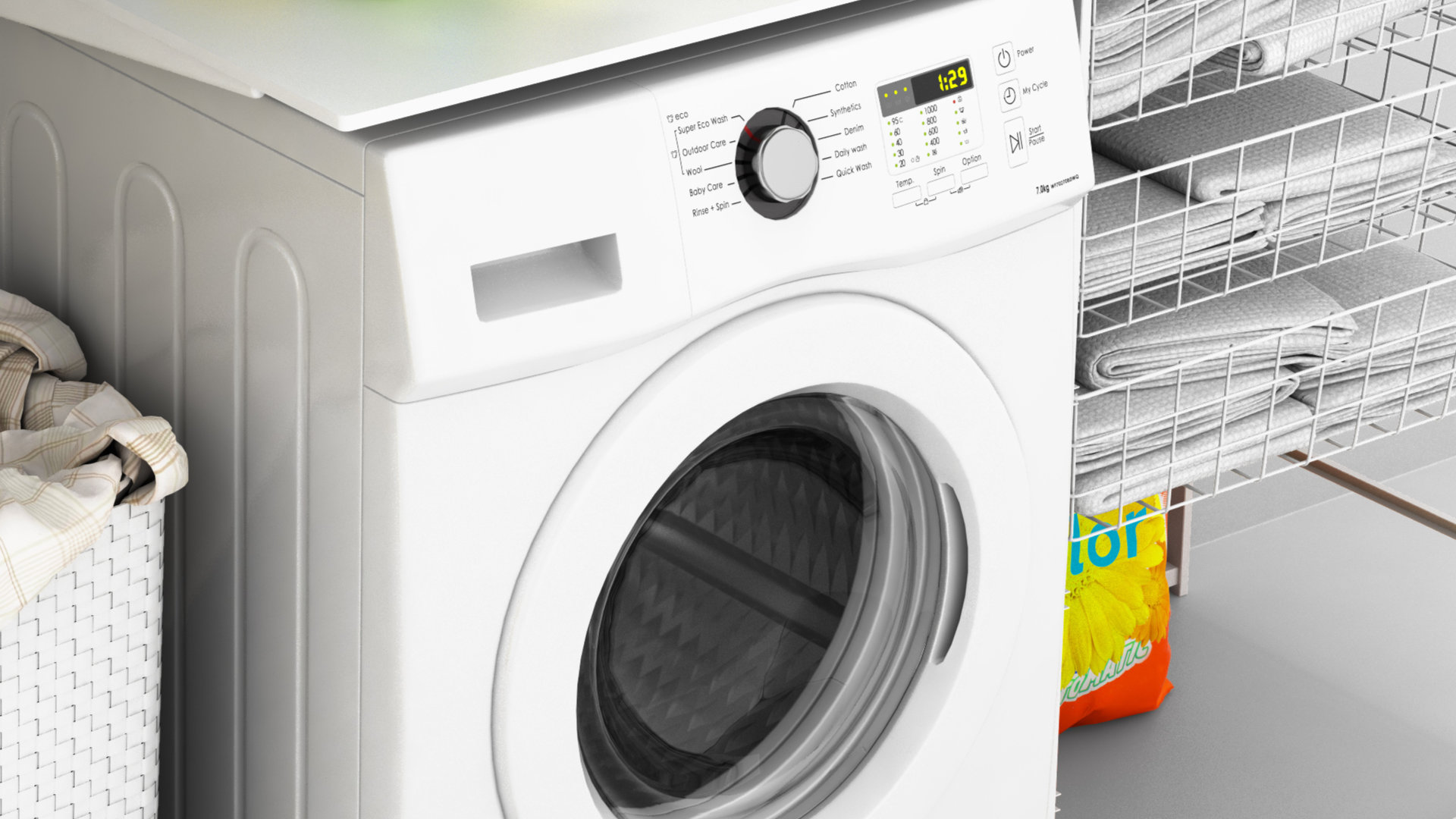
How to Fix an LG Washer Showing OE Error Code
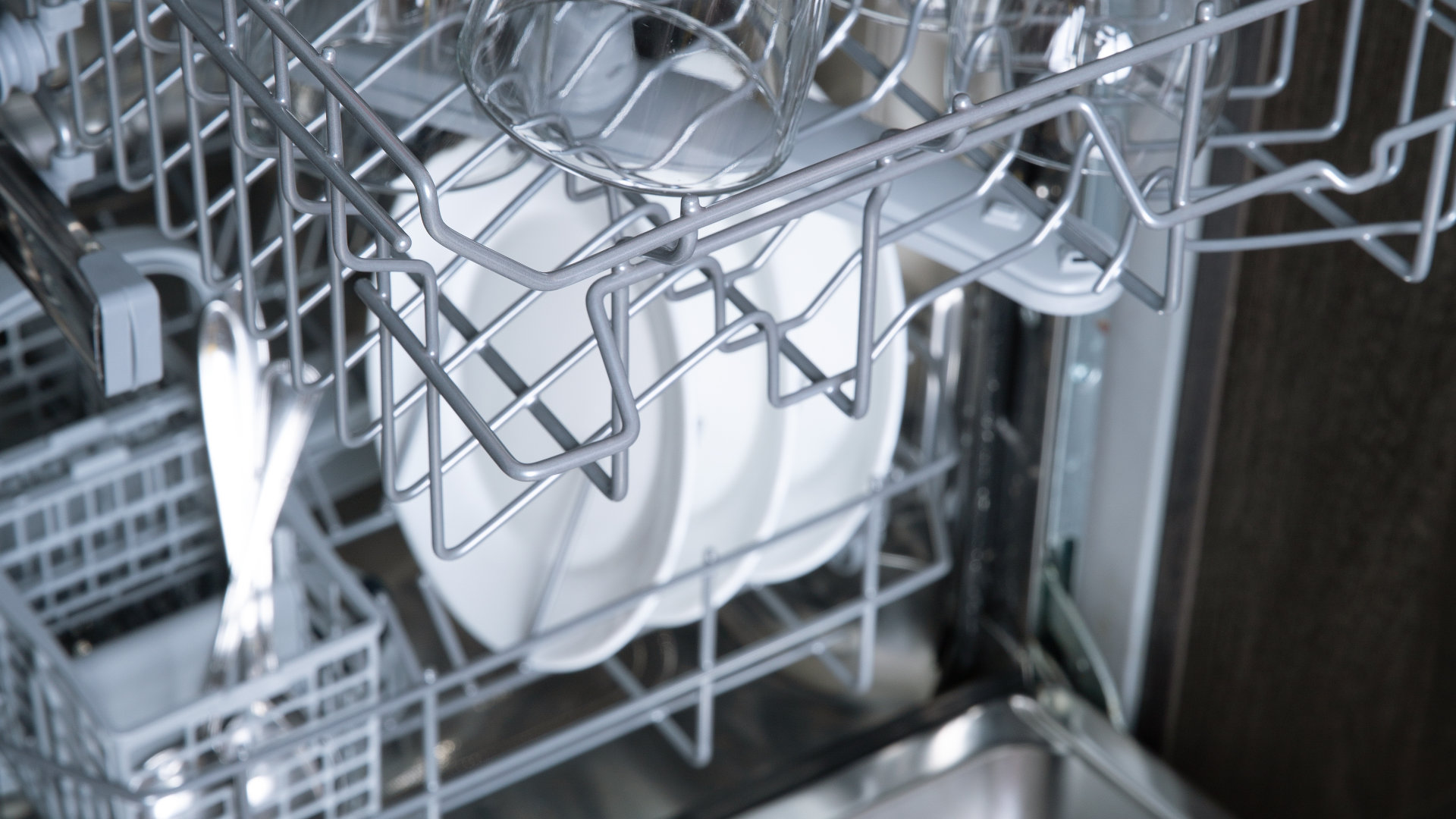
Troubleshooting a GE Dishwasher with No Power and No Lights
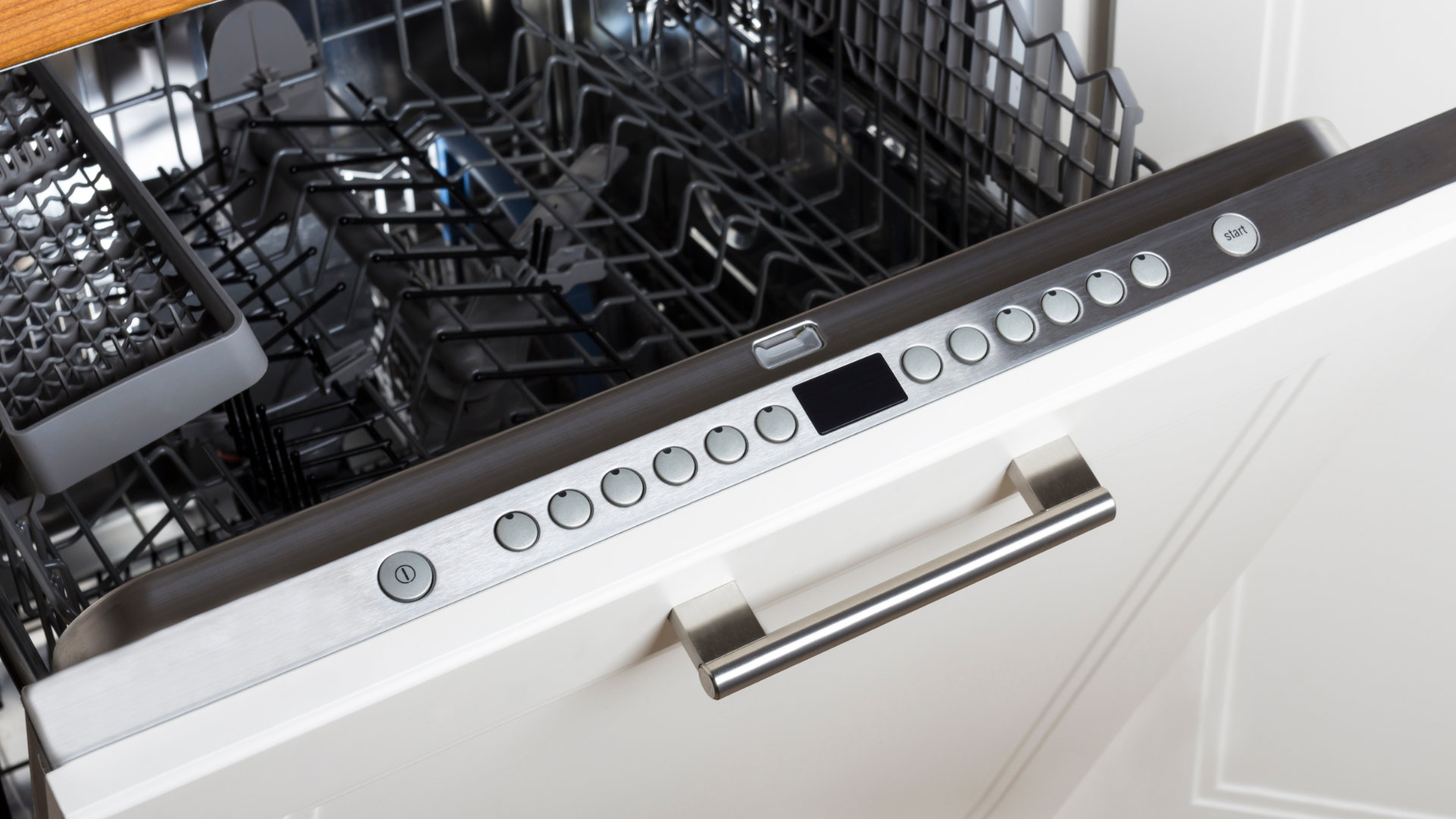
10 Reasons Why Your Bosch Dishwasher Won’t Start
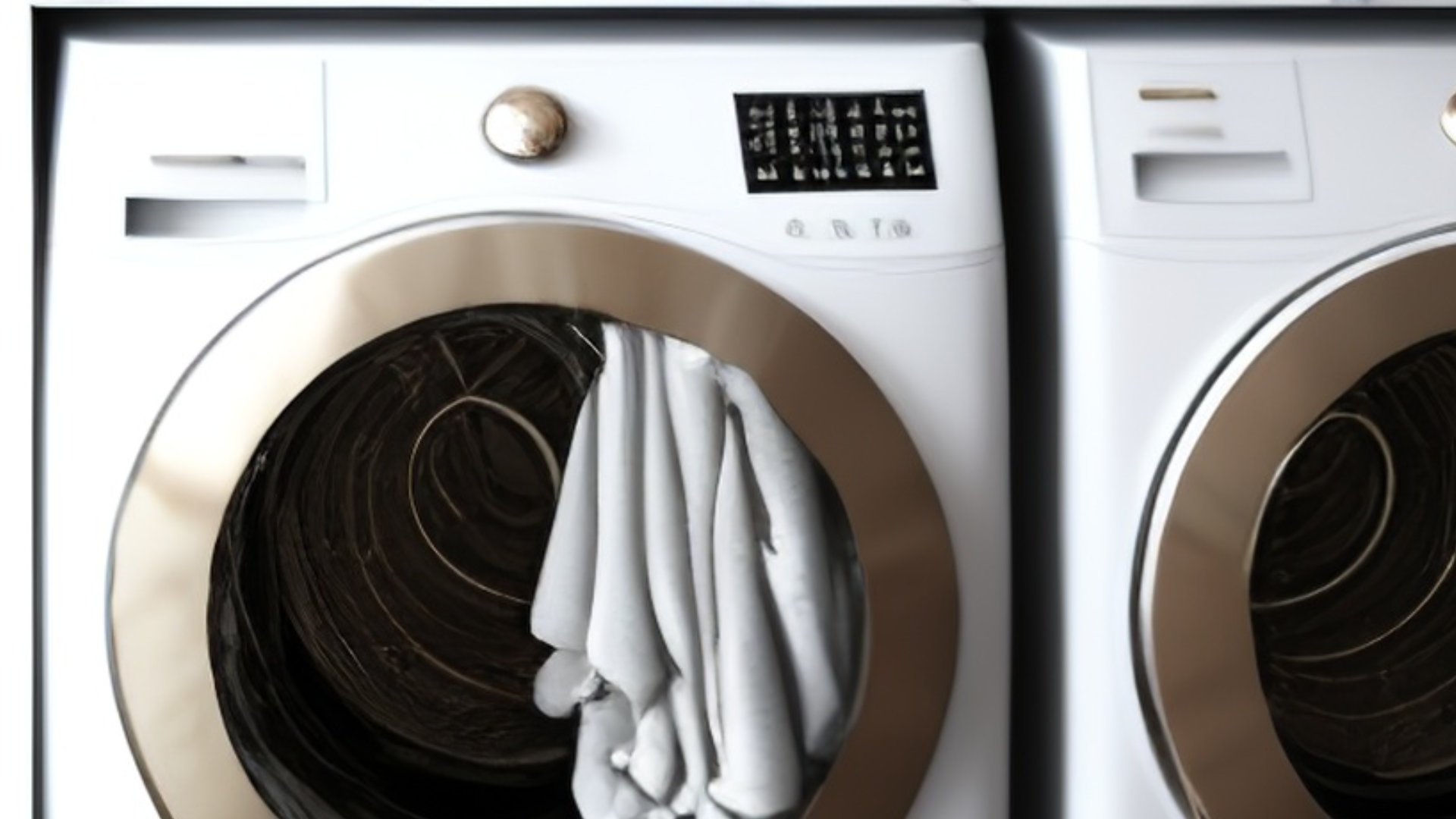
Troubleshooting the F5 Error Code with a Maytag Washer
